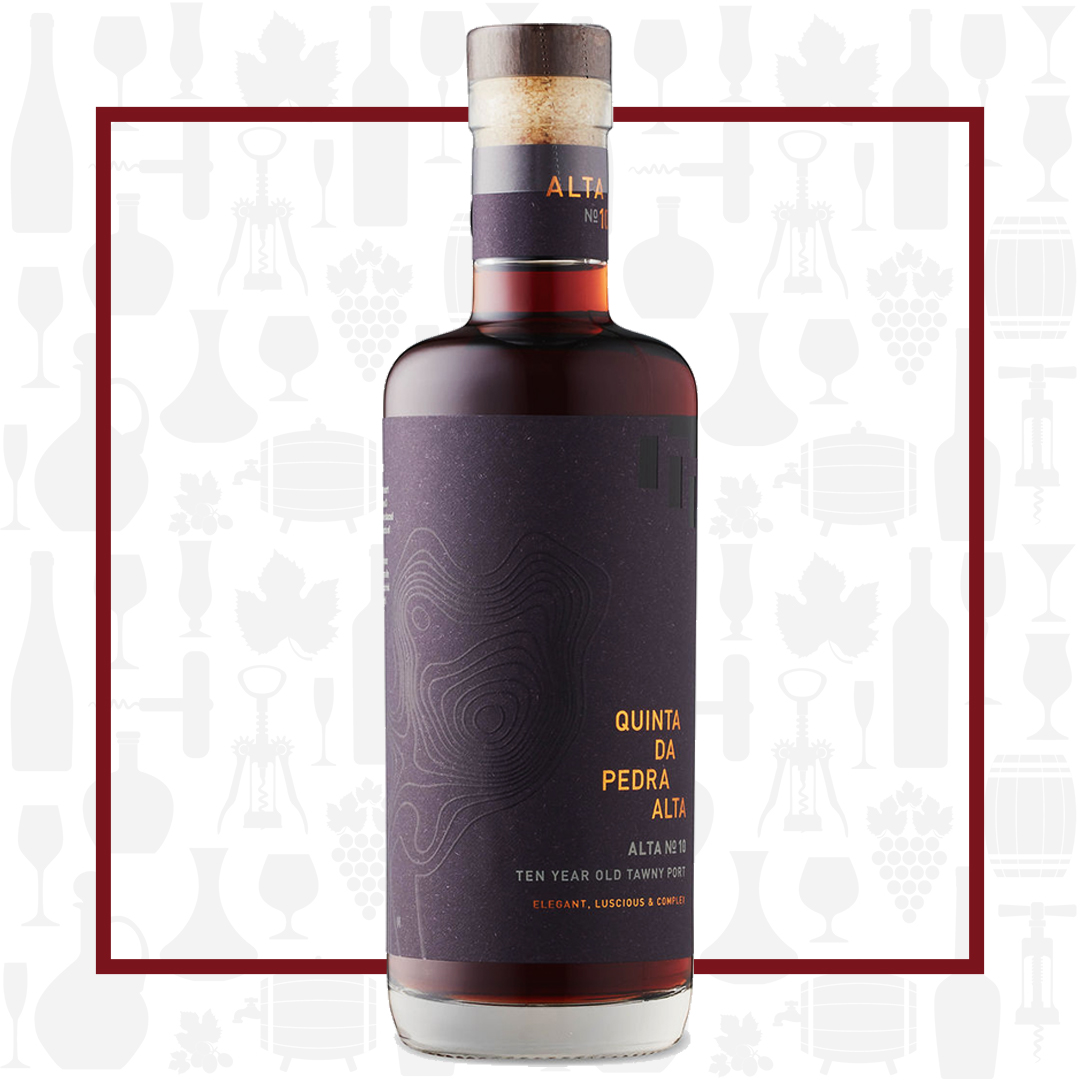Cellar Profile
In the heart of the Douro Valley’s Cima Corgo sub-region, you’ll find a winery that strikes a fine balance between tradition and modernity, elegantly showcasing the exciting breadth of offerings coming out of Portugal these days. Quinta da Pedra Alta is the longtime dream-come-true of a small group of family and friends from the United Kingdom, who purchased the historic property in 2018. Their 35 hectares of steep, terraced vineyards are the archetype Douro landscape, dramatically rising from the eponymous river that meanders through northern Portugal. Only indigenous Portuguese grapes — namely Touriga Nacional, Touriga Franca and Tinto Roriz for reds and Gouveio, Rabigato and Viosinho for whites — are planted on poor, schist-based soils. The winemaking is led by two young and dynamic individuals, João Pires from Portugal and Matt Gant from Australia. As is tradition in the area, all wines are blends and grapes are crushed via foot treading in granite lagares. Only wild yeasts are used in fermentation and oak aging is measured. Pedra Alta wines are at once powerful and refined, offering up loads of Douro Valley warmth alongside Old World structure and sophistication.
Region
Named after the river which runs throughout the Iberian peninsula before entering the Atlantic Ocean, the Douro region is best known for producing the fortified wine, Port. The past few decades have seen an uptick in the quantity and quality of unfortified wines, usually falling under the DOC Douro designation. The region’s vast array of native grapes are the ingredients for both Port and their unfortified counterparts, most notably Touriga Nacional and Tinta Roriz (Tempranillo) for reds, and Gouveio, Rabigato, Malvasia Fina and Viosinho for whites. The climate here is hot and dry, with steep terraced vineyards combining to produce extremely ripe grapes and subsequently full-flavoured, high alcohol wines.
Vineyard
Sourced from vines aged 22-26 years old planted in schist-based soil. Vines are pruned via single and double cordon. Elevation lies between 250-400 masl.
Winemaking
Grapes are harvested and sorted by hand, destemmed and foot-stomped in traditional granite lagars for four hours. The must is then fermented via wild yeasts before grape spirit is added. Further maceration on the skins occurs before the wine is pressed and transferred to old Port casks for maturation.
Varieties
A classic Port blend of Tinta Roriz, Tinta Barroca, Touriga Nacional and Touriga Franca. Tinta Roriz—also known as Tempranillo—is considered Iberia’s answer to Cabernet Sauvignon. Its thick skins make deeply coloured wines with complexity and grip. It is now grown widely throughout the warmer regions of the wine world. Tinta Barroca is another thick-skinned grape and, as such, is an excellent candidate to make fortified wines. It generally adds jammy flavours and a rusticity to Port blends.
Tasting Notes
A very complex and alluring nose of dried red and black fruits, toffee, caramel and cask notes. As one expects from good Port, the palate is full and lush, loaded with rich fruits and kitchen spice.

